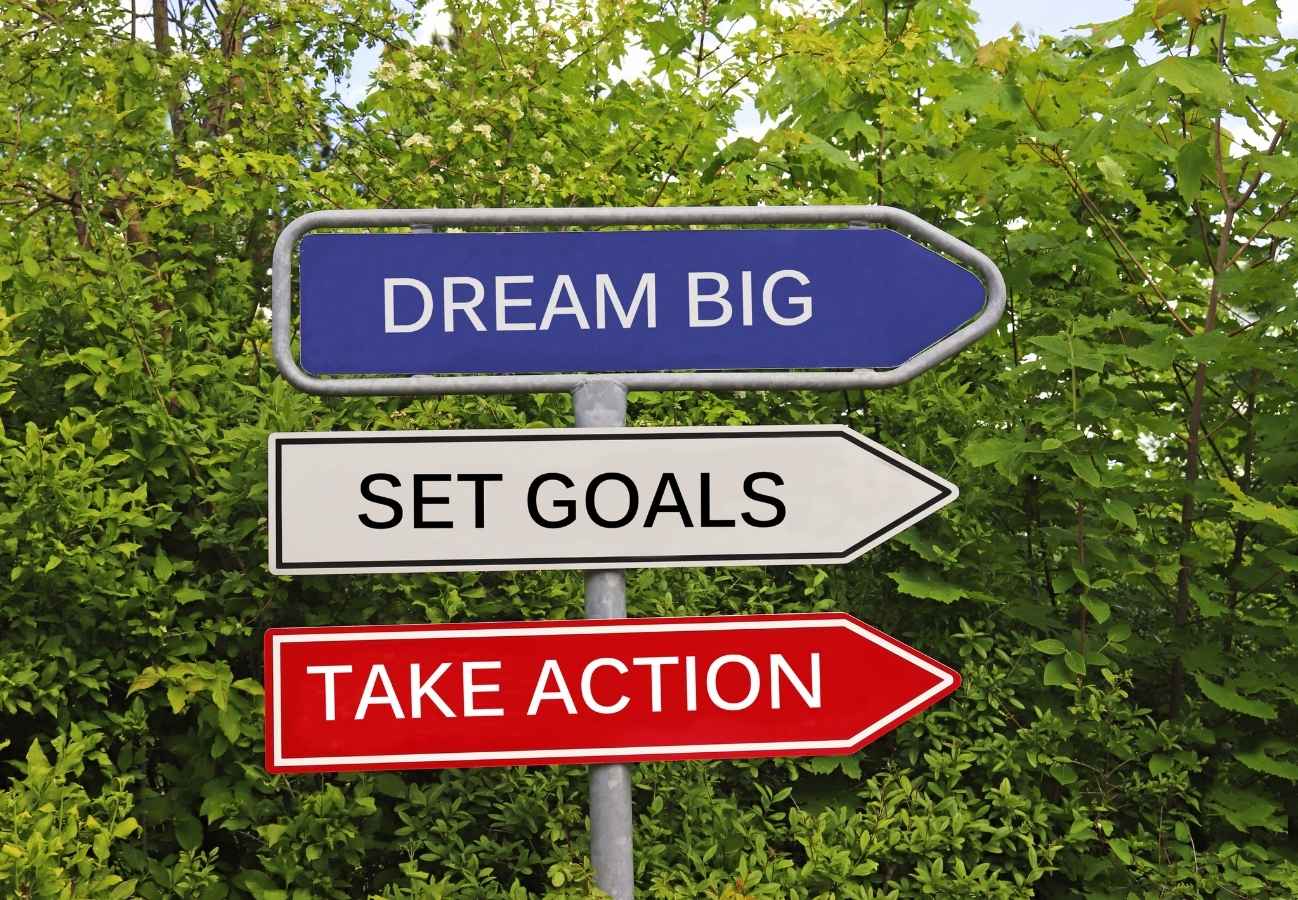What Is Cooperative Learning?
Cooperative learning is a structured instructional approach where students work in small groups with specific roles, defined tasks, and shared responsibility for learning outcomes. Every student participates meaningfully and remains individually accountable for mastering content.
This differs fundamentally from casual group activities. Cooperative learning requires careful planning, intentional skill development, and specific structures that ensure authentic collaboration rather than division of labor.
The approach rests on a simple but powerful principle: students learn effectively when they help each other learn. But this doesn't happen automatically. It requires deliberate design.
Research consistently shows that well-implemented cooperative learning increases achievement, improves social skills, and creates more inclusive classrooms. Students learn to communicate effectively, resolve conflicts constructively, and appreciate diverse perspectives while mastering academic content.
The key phrase: well-implemented. Without proper structures, group work often reinforces existing inequities and produces shallow learning.
Cooperative Learning vs Social/Collaborative Learning
These terms often get used interchangeably, but they describe different approaches. Understanding the distinction helps you choose the right strategy for different situations.
Cooperative Learning: Structured and Role-Based
Cooperative learning uses highly structured protocols with defined roles, specific tasks, and clear accountability measures. Johnson and Johnson, the pioneers of cooperative learning, identified five essential elements:
- Positive interdependence - students need each other to succeed
- Individual accountability - everyone must learn the content
- Face-to-face interaction - students work in close proximity
- Social skills instruction - collaboration skills are taught explicitly
- Group processing - teams reflect on their working relationships
Examples include Jigsaw, Numbered Heads Together, Think-Pair-Share, and other protocols with specific steps and role assignments.
Social/Collaborative Learning: Fluid and Co-Constructive
Social or collaborative learning is more open-ended. Students construct knowledge together through discussion, negotiation, and shared inquiry without predetermined roles or rigid structures.
This approach emphasizes dialogue, multiple perspectives, and emergent understanding. The process matters as much as the product. Learn more: Social Learning
Collaborative learning often looks like: open discussions, brainstorming sessions, joint problem-solving without assigned roles, or exploratory conversations where ideas develop organically.
When to Use Each Approach
Use cooperative learning when:
- Students are new to group work and need structure
- You want to ensure equal participation
- Content has clear learning objectives that everyone must master
- You need accountability measures for individual learning
- Students need explicit social skill instruction
Use collaborative learning when:
- Students have strong collaboration skills already
- Tasks are open-ended with multiple valid approaches
- The goal is co-construction of knowledge, not mastery of predetermined content
- You want to encourage creativity and divergent thinking
- Process exploration matters as much as outcomes
Many effective classrooms use both approaches strategically. Cooperative structures provide scaffolding for developing collaboration skills that enable more fluid collaborative work later. Explore how support fades: Scaffolding in Teaching
The Five Essential Elements of Cooperative Learning
These elements distinguish cooperative learning from simple group work. All five must be present for authentic cooperative learning.
1. Positive Interdependence
Students must believe they sink or swim together. The task requires genuine collaboration - no one can succeed without the others' contributions.
You can create positive interdependence through:
Goal interdependence: The group succeeds only when all members reach the learning goal together.
Resource interdependence: Materials are divided so students must share information to complete the task.
Role interdependence: Each student has a unique role necessary for group success (facilitator, recorder, timekeeper, materials manager).
Reward interdependence: Group performance determines grades or recognition, but only if individual accountability is also present.
Without positive interdependence, students simply work near each other rather than with each other.
2. Individual Accountability
Every student remains responsible for learning the material and contributing meaningfully. This prevents social loafing - the tendency to reduce effort when working in groups.
Accountability measures include:
Random questioning: Any group member might be called on to explain the group's thinking.
Individual assessments: Tests or quizzes ensure each student mastered the content, not just the group collectively.
Exit tickets: Each student demonstrates understanding independently after group work.
Contribution tracking: Groups document who contributed what, creating transparency and responsibility.
Individual accountability is crucial. Without it, capable students do all the work while others passively benefit without learning.
3. Face-to-Face Promotive Interaction
Students work close enough to provide real-time feedback, encouragement, and support. This proximity enables explanation, questioning, and collaborative thinking that deepens understanding.
Promotive interaction means students actively help each other learn - explaining concepts, asking clarifying questions, connecting ideas, and celebrating progress together.
Physical arrangement matters. Students should sit close enough to talk quietly, make eye contact, and see each other's work. Desks in distant corners of the room don't enable genuine interaction.
4. Interpersonal and Small Group Skills
Cooperative learning explicitly teaches collaboration skills. Students don't automatically know how to give constructive feedback, resolve conflicts, or ensure equal participation. These skills must be taught, practiced, and reinforced.
Essential skills include:
Communication: Active listening, clear speaking, asking questions, paraphrasing to check understanding.
Leadership: Facilitating discussion, keeping groups on task, ensuring everyone participates, managing time.
Decision-making: Reaching consensus, compromising, evaluating options, committing to group choices.
Conflict resolution: Disagreeing respectfully, addressing tensions directly, finding solutions that work for everyone.
Trust-building: Following through on commitments, supporting teammates, maintaining confidentiality when appropriate.
Teachers must dedicate instructional time to these skills - modeling them, providing practice opportunities, and giving feedback on their use.
5. Group Processing
Teams regularly reflect on their working relationships and progress toward goals. This metacognitive element helps students identify what's working well and what needs improvement.
Processing questions might include:
- What helped our group work effectively today?
- What slowed us down or created problems?
- What will we do differently next time?
- How did everyone contribute?
- What collaboration skills do we need to develop?
Group processing builds awareness of group dynamics and continuous improvement. Without reflection, groups repeat the same dysfunctional patterns.
Proven Cooperative Learning Strategies
These structured protocols provide frameworks for organizing authentic cooperation.
Think-Pair-Share
The foundational cooperative structure. Students think individually, discuss with a partner, then share with the larger group.
Process:
- Teacher poses a question or prompt
- Students think silently (1-2 minutes)
- Students pair up and discuss their thinking (2-3 minutes)
- Pairs share insights with the whole class
Why it works: Individual thinking prevents rushing to consensus. Pair discussion builds confidence before public sharing. Everyone participates rather than just confident volunteers.
Jigsaw
Students become experts on specific content, then teach it to others. This creates strong positive interdependence.
Process:
- Divide content into distinct sections
- Assign each student one section (their "expert" topic)
- Students meet with peers studying the same section (expert groups)
- Experts return to home groups and teach their section
- Assess individual understanding of all content
Why it works: Every student holds information others need. Teaching deepens understanding. Everyone must participate for the group to succeed.
Numbered Heads Together
Students discuss questions in groups, but any member might be called on to represent the group's thinking.
Process:
- Assign each group member a number (1-4)
- Pose a question for group discussion
- Students discuss and ensure everyone understands
- Call a random number - that student explains the group's answer
- All students with that number respond simultaneously
Why it works: Creates accountability - everyone must be prepared to respond. Encourages peer tutoring within groups.
Round Robin and Round Table
Structured turn-taking ensures equal participation.
Round Robin (oral): Students take turns sharing ideas verbally. Each person contributes before anyone goes twice.
Round Table (written): One paper circulates. Each student writes a response, then passes the paper to the next person.
Why it works: Prevents dominant personalities from monopolizing. Gives thinking time for reflective students. Documents equal contribution.
Three-Step Interview
Students interview each other, then share their partner's perspectives with the larger group.
Process:
- Students pair within groups of four
- Partner A interviews Partner B (3-5 minutes)
- Partners reverse roles
- Each student shares what they learned from their partner with the full group
Why it works: Develops active listening. Ensures all voices are heard. Practices perspective-taking and accurate representation of others' ideas.
Reciprocal Teaching
Students take turns leading discussions about texts using four strategies: predicting, questioning, clarifying, and summarizing.
Process:
- Assign each student a strategy or rotate strategies
- Students read a text section
- The "teacher" leads discussion using their assigned strategy
- Group discusses, then moves to next section with new "teacher"
Why it works: Distributes leadership. Builds metacognitive reading strategies. Creates peer accountability for comprehension.
Benefits of Cooperative Learning
Research demonstrates significant advantages when cooperative learning is implemented well.
Academic Achievement
Students explain concepts to peers, receive immediate feedback, and engage in active discussion about content. The teaching process deepens understanding for both explainer and listener.
Meta-analyses consistently show achievement gains across subject areas and grade levels. The effect sizes are substantial - cooperative learning works.
But the benefits aren't automatic. Poor implementation can actually harm learning by wasting time and creating frustration.
Social Skill Development
Students learn to work with diverse peers, appreciate different perspectives, and develop empathy. These interpersonal skills transfer beyond the classroom.
In a world requiring collaboration across differences, these skills matter enormously. Traditional education often neglects social skill development, treating it as peripheral to academic learning.
Cooperative learning recognizes that social and academic learning are inseparable. You can't think deeply about complex ideas in isolation from others.
Motivation and Engagement
Success within supportive group environments builds confidence and intrinsic motivation. Struggling learners receive peer support. Advanced students develop leadership through teaching others.
The social support makes difficult work feel achievable. Students persist through challenges when working with peers who encourage and assist them.
Inclusion and Belonging
Cooperative structures create natural opportunities for students with different abilities, backgrounds, and learning styles to contribute meaningfully.
Well-designed cooperative tasks allow multiple pathways to success. Visual thinkers, verbal processors, hands-on learners, and analytical thinkers all find ways to contribute when tasks are properly structured.
This reduces isolation and builds classroom community. Students learn to see each other as resources rather than competitors. Explore inclusive approaches: Student-Centered Learning
Cooperative Schools: A Different Institutional Model
The term "cooperative learning" also connects to cooperative schools - institutions structured around parent and community involvement. Understanding this distinction helps clarify search results and educational conversations.
What Are Cooperative Schools?
Cooperative schools (or co-op schools) are educational institutions where parents participate actively in running the school. These aren't about teaching methodology - they're about governance and operational structure.
Common models include:
Parent cooperative preschools: Parents volunteer in classrooms, serve on boards, and handle administrative tasks. These schools often have lower tuition because parent labor substitutes for paid staff.
Homeschool cooperatives: Families share teaching responsibilities, with parents instructing in their areas of expertise. Students attend classes together several days per week, combining homeschooling with group instruction.
Democratic free schools: Students and sometimes parents participate in school governance through meetings where everyone has equal voice in decisions about rules, curriculum, and operations.
Teacher cooperatives: Teachers collectively own and operate the school, making decisions democratically rather than working under traditional administrative hierarchies.
The Connection to Cooperative Learning
Cooperative schools often embrace cooperative learning methodologies because the philosophical alignment is strong. If the institution values collaboration, shared responsibility, and democratic participation, these values naturally extend into classroom practices.
But cooperative learning as a teaching method exists independently from cooperative school structures. Traditional schools can implement excellent cooperative learning. Cooperative schools might use teacher-centered instruction if they choose.
The terminology overlaps but the concepts are distinct. When searching for "cooperative learning," you'll find both instructional strategies and information about cooperative schools.
Philosophical Foundations of Cooperative Schools
Cooperative school models typically rest on beliefs about:
Democratic participation: Students and families should have voice in decisions affecting their education.
Community building: Schools should strengthen social bonds and collective responsibility rather than emphasizing individual competition.
Parent involvement: Families are partners in education, not consumers of services.
Alternative governance: Hierarchical administrative structures aren't the only way to run effective schools.
These values align with cooperative learning's emphasis on collaboration, shared responsibility, and collective success. But schools can embrace one without the other.
Common Implementation Challenges
Moving from traditional instruction to cooperative learning presents real obstacles.
Student Resistance
Some students prefer working independently or worry about depending on others for grades. High achievers fear group members will lower their performance. Struggling students feel anxious about slowing down teammates.
Solutions:
- Start with low-stakes activities where grades don't depend on group performance
- Explain research on cooperative learning benefits explicitly
- Ensure individual accountability measures protect all students
- Build social skills gradually through structured practice
- Celebrate both individual and group success
Unequal Participation
Dominant students take over. Quiet students withdraw. Gender, race, and personality dynamics create participation imbalances.
Solutions:
- Assign structured roles that rotate regularly
- Use strategies requiring turn-taking (Round Robin, Numbered Heads)
- Teach and reinforce collaborative skills explicitly
- Monitor group dynamics closely and intervene when needed
- Include group processing where teams address participation issues
Time Pressures
Cooperative activities take longer than lectures. Coverage pressures create tension between collaborative depth and curriculum breadth.
Solutions:
- Focus on quality over quantity - deep learning through cooperation often proves more efficient long-term
- Remember that time spent building collaboration skills pays dividends across the year
- Select essential content for cooperative exploration rather than trying to cooperate on everything
- Plan realistic timelines that account for discussion, processing, and reflection
Assessment Complications
Balancing group and individual assessment requires thoughtful design. How do you grade collaboration without creating grade anxiety that undermines cooperation?
Solutions:
- Use formative assessments during group work without grading the process
- Assess individual mastery through tests, quizzes, or individual products
- Evaluate group products separately from individual learning
- Include self and peer assessment for collaboration skills
- Be transparent about what counts toward grades versus what's for learning
Learn more about assessment approaches: Formative vs Summative Assessment
Technology-Enhanced Cooperative Learning
Digital tools expand possibilities for cooperative learning beyond classroom walls.
Synchronous Collaboration Tools
Video conferencing with breakout rooms recreates small group dynamics in online environments. Students can discuss, share screens, and collaborate in real-time from different locations.
Shared digital whiteboards enable simultaneous contribution to visual thinking. Multiple students work on the same canvas, building ideas together.
Asynchronous Collaboration Platforms
Discussion boards allow thoughtful response time. Students read peers' contributions, reflect, then add their thinking - enabling participation from those who need processing time.
Collaborative documents (Google Docs, etc.) let students contribute to shared projects on their own schedules while maintaining visibility into each other's work.
Project Management for Groups
Digital task management tools help groups organize work, assign responsibilities, and track progress. These mirror workplace collaboration tools, building real-world skills.
But technology doesn't replace the need for social skill instruction, accountability structures, or face-to-face interaction when possible. Tools enhance cooperative learning - they don't create it automatically.
What Cooperative Learning Requires of Teachers
Facilitating effective cooperative learning is sophisticated work requiring:
Planning and design: Creating tasks with positive interdependence, defining roles, establishing accountability measures, selecting appropriate strategies.
Social skill instruction: Teaching collaboration skills explicitly through modeling, practice, and feedback.
Active monitoring: Circulating among groups, observing interactions, listening to discussions, identifying who needs support.
Intervention skills: Knowing when and how to support struggling groups without taking over their work.
Assessment sophistication: Evaluating both individual learning and collaborative processes through multiple measures.
Classroom management: Maintaining productive noise levels, smooth transitions, and clear expectations for group work.
This is more complex than lecturing or assigning individual work. It's why cooperative learning implementation requires ongoing professional development and practice.
The industrial model of education treated teaching as knowledge delivery. Cooperative learning recognizes teaching as designing and facilitating learning experiences where students develop capabilities through structured collaboration. Explore teacher development: Teacher Growth
Getting Started with Cooperative Learning
If you're new to cooperative learning, it's best to begin strategically:
Start small: Choose one simple structure (Think-Pair-Share) and use it consistently until students master the process.
Build skills progressively: Teach and practice one collaboration skill at a time rather than expecting all skills simultaneously.
Set clear expectations: Establish norms for group work through explicit instruction and modeling, not assumptions about what students already know.
Monitor closely: Pay careful attention to group dynamics initially. Intervene to reinforce positive behaviors and redirect problematic patterns.
Process regularly: Build in reflection time after group work. Help students develop awareness of what makes cooperation effective.
Be patient: Cooperative learning skills develop over time. Early attempts may feel chaotic or inefficient. Persist through the awkward phase.
Adjust based on evidence: Observe what works and what doesn't. Modify structures and supports based on your students' actual needs.









